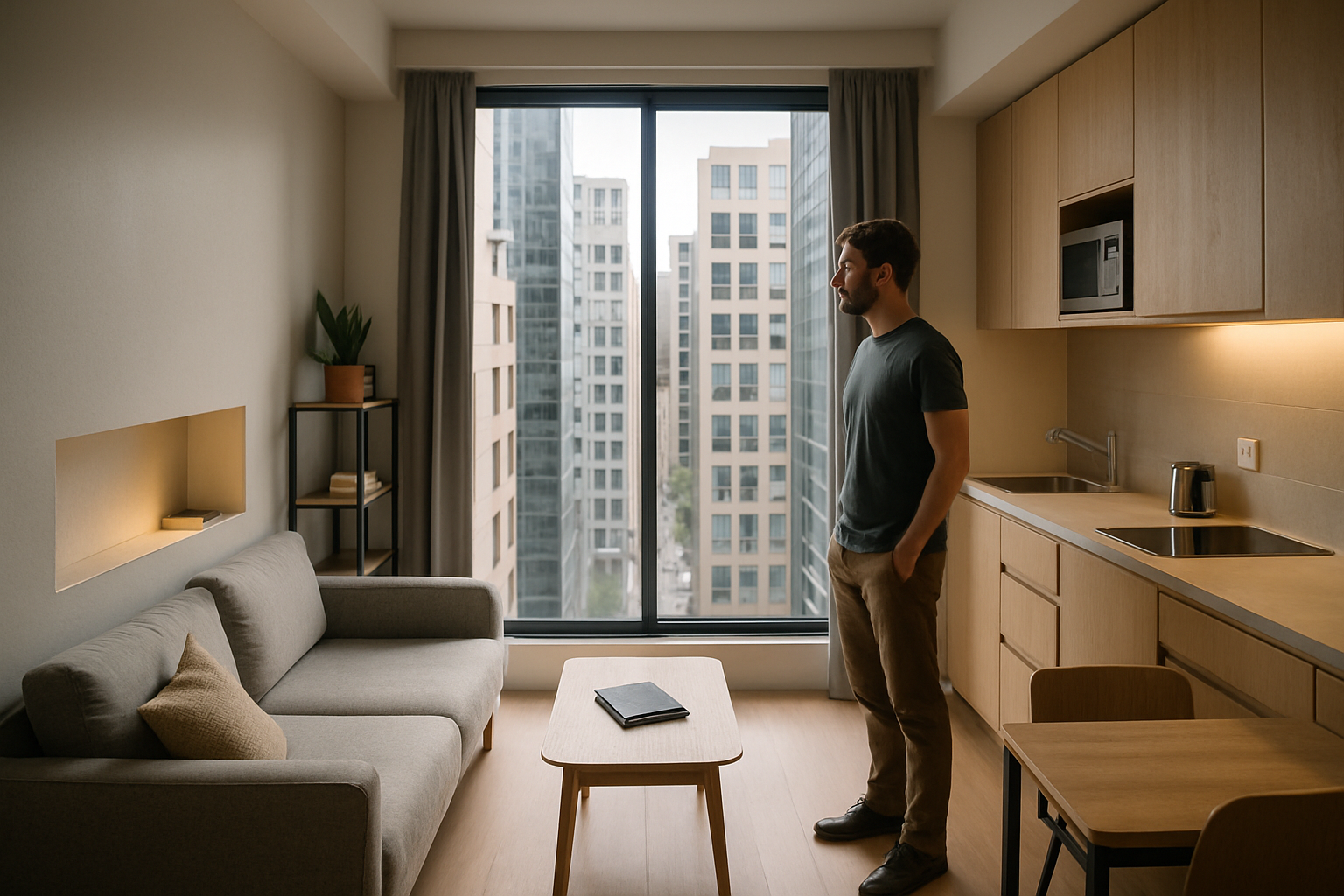Biophilic Design in Industrial Spaces: Boosting Productivity and Well-being
In today's competitive industrial landscape, companies are constantly seeking innovative ways to enhance productivity, employee satisfaction, and overall operational efficiency. One emerging trend that's gaining traction is the integration of biophilic design principles into industrial spaces. This approach, which incorporates nature-inspired elements into the built environment, is revolutionizing how we think about industrial architecture and workplace design.

The Origins and Principles of Biophilic Design
Biophilic design is rooted in the concept of biophilia, a term coined by psychologist Erich Fromm and later popularized by biologist Edward O. Wilson. It refers to humans’ innate affinity for nature and natural systems. In the context of industrial design, biophilic principles seek to reconnect workers with nature, even within the confines of traditionally harsh industrial environments.
Key principles of biophilic design include:
-
Direct experience of nature: Incorporating living plants, water features, and natural light into the built environment.
-
Indirect experience of nature: Using natural materials, colors, and patterns that evoke nature.
-
Experience of space and place: Creating spaces that reflect natural environments, such as refuge areas and prospect views.
Benefits of Biophilic Design in Industrial Settings
The implementation of biophilic design in industrial spaces offers a multitude of benefits that extend beyond mere aesthetics. Research has shown that exposure to nature-inspired environments can significantly impact human health, well-being, and productivity.
-
Increased Productivity: Studies have demonstrated that workers in biophilic environments experience up to a 15% boost in productivity.
-
Reduced Stress and Absenteeism: Natural elements in the workplace have been linked to lower stress levels and fewer sick days among employees.
-
Enhanced Creativity and Problem-Solving: Exposure to nature-inspired spaces has been shown to improve cognitive function and creative thinking.
-
Improved Air Quality: Living plants act as natural air purifiers, removing toxins and improving overall air quality in industrial settings.
-
Energy Efficiency: Biophilic design often incorporates natural lighting and ventilation, leading to reduced energy consumption and lower operational costs.
Practical Applications in Industrial Spaces
Implementing biophilic design in industrial environments requires thoughtful planning and creative solutions. Here are some practical ways companies can incorporate nature-inspired elements into their facilities:
-
Green Walls and Plant Installations: Vertical gardens and strategically placed plant installations can bring life to sterile industrial interiors.
-
Natural Lighting Solutions: Skylights, light wells, and smart window designs can maximize natural light penetration.
-
Biomimicry in Equipment Design: Incorporating nature-inspired forms and patterns into machinery and equipment design can create a more harmonious work environment.
-
Outdoor Work Areas: Creating outdoor spaces for breaks, meetings, or even certain work tasks can provide direct contact with nature.
-
Natural Materials and Textures: Using wood, stone, and other natural materials in construction and interior design can evoke a sense of nature indoors.
Overcoming Challenges in Implementation
While the benefits of biophilic design are clear, implementing these principles in industrial settings can present unique challenges. Safety regulations, operational requirements, and budget constraints often pose obstacles to full-scale biophilic transformations.
To address these challenges, companies can:
-
Start Small: Begin with pilot projects in specific areas of the facility to demonstrate value and gather data.
-
Prioritize Low-Maintenance Solutions: Choose hardy plants and low-maintenance design elements that can withstand industrial conditions.
-
Integrate with Existing Systems: Look for ways to incorporate biophilic elements into existing structures and processes rather than overhauling entire facilities.
-
Educate Stakeholders: Communicate the benefits of biophilic design to all levels of the organization to gain buy-in and support.
Case Studies: Success Stories in Industrial Biophilia
Several forward-thinking companies have already embraced biophilic design in their industrial facilities, reaping significant benefits:
-
A major automotive manufacturer incorporated a living wall and skylight system in their assembly plant, resulting in a 7% increase in productivity and a 15% reduction in absenteeism.
-
A pharmaceutical company redesigned their research and development facility with biophilic principles, leading to a 21% increase in employee-reported well-being and a notable uptick in patent filings.
-
A warehouse operation implemented natural lighting solutions and outdoor break areas, experiencing a 12% reduction in workplace accidents and improved employee retention rates.
Actionable Strategies for Implementing Biophilic Design
• Conduct a biophilic audit of your current facilities to identify opportunities for improvement
• Engage employees in the design process to ensure solutions meet their needs and preferences
• Partner with biophilic design experts to develop a comprehensive implementation plan
• Measure and track key performance indicators before and after implementing biophilic elements
• Consider biophilic principles in all future facility expansions or renovations
As the industrial sector continues to evolve, biophilic design represents a powerful tool for companies looking to create more human-centric, sustainable, and productive work environments. By thoughtfully integrating elements of nature into industrial spaces, businesses can unlock new levels of employee satisfaction, operational efficiency, and innovation. As we move towards a future where the lines between nature and industry become increasingly blurred, those who embrace biophilic design principles will find themselves at the forefront of a new industrial revolution—one that prioritizes both planetary and human well-being.





